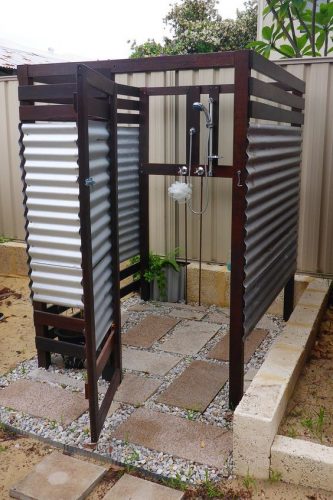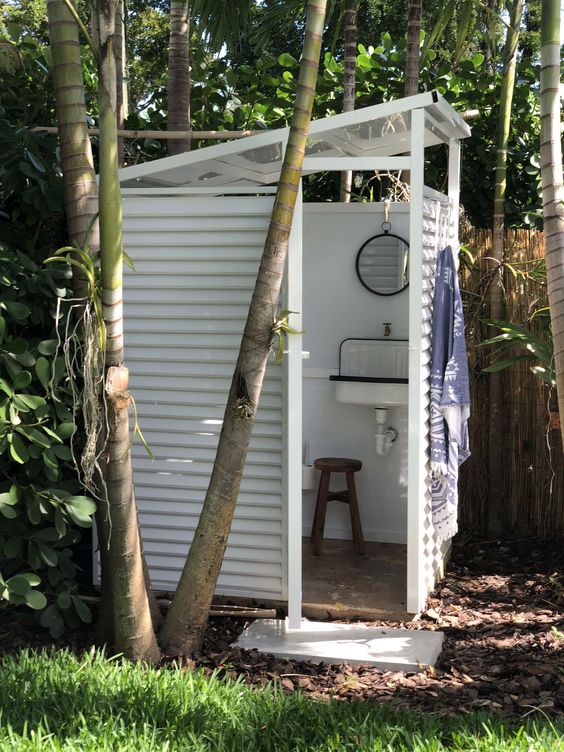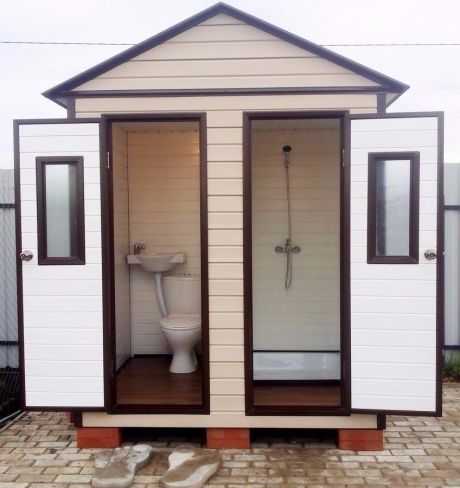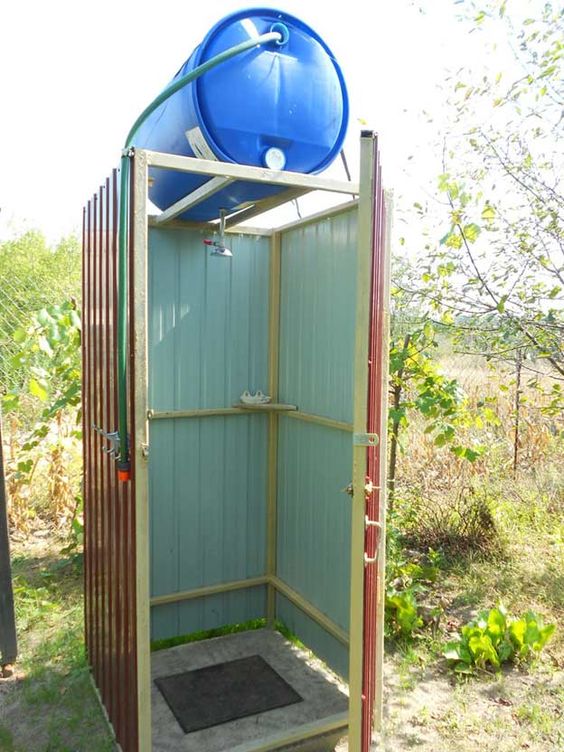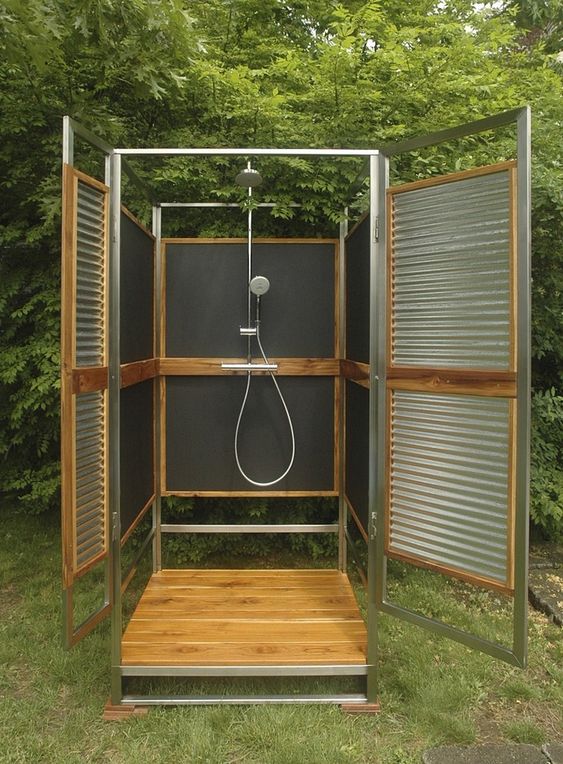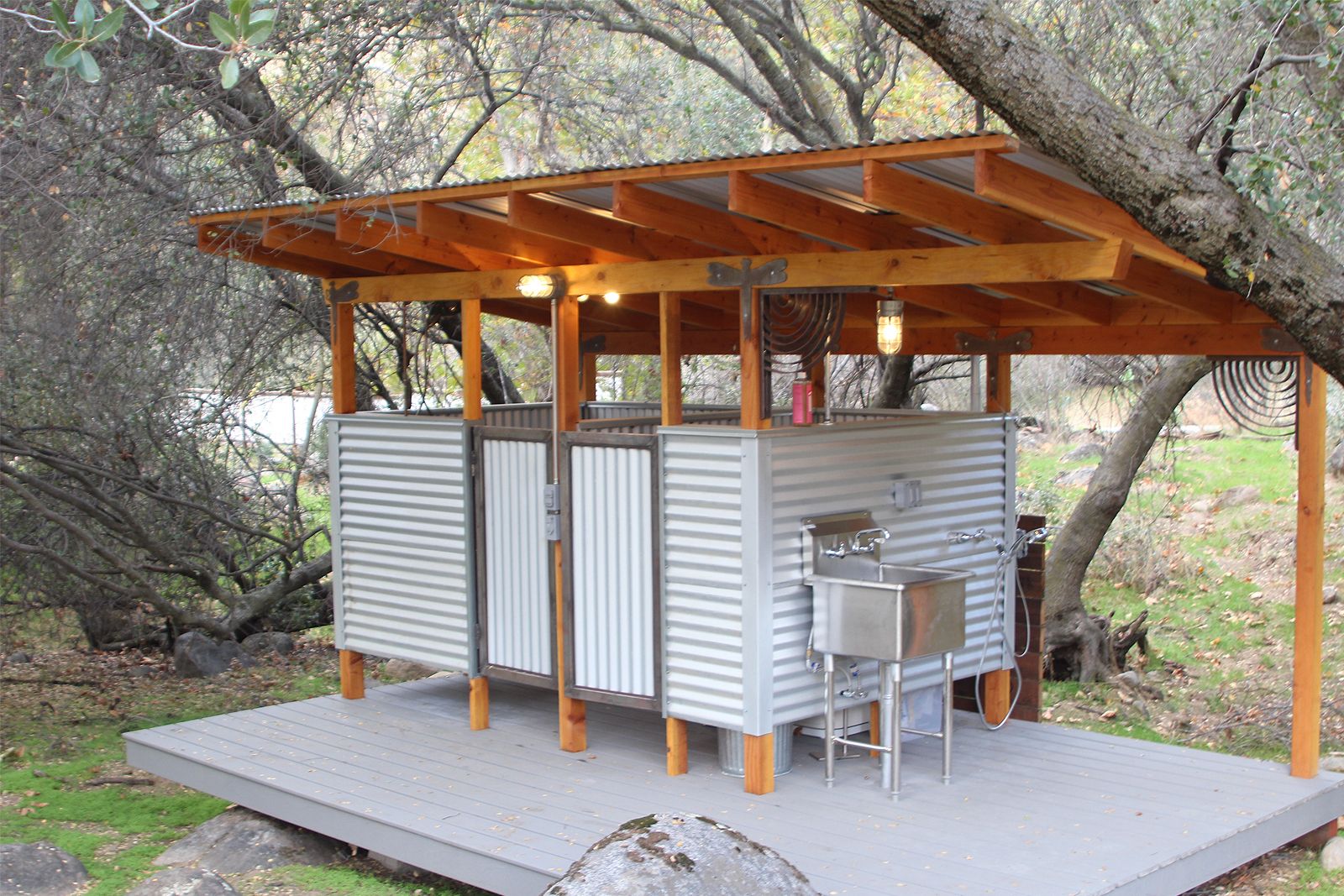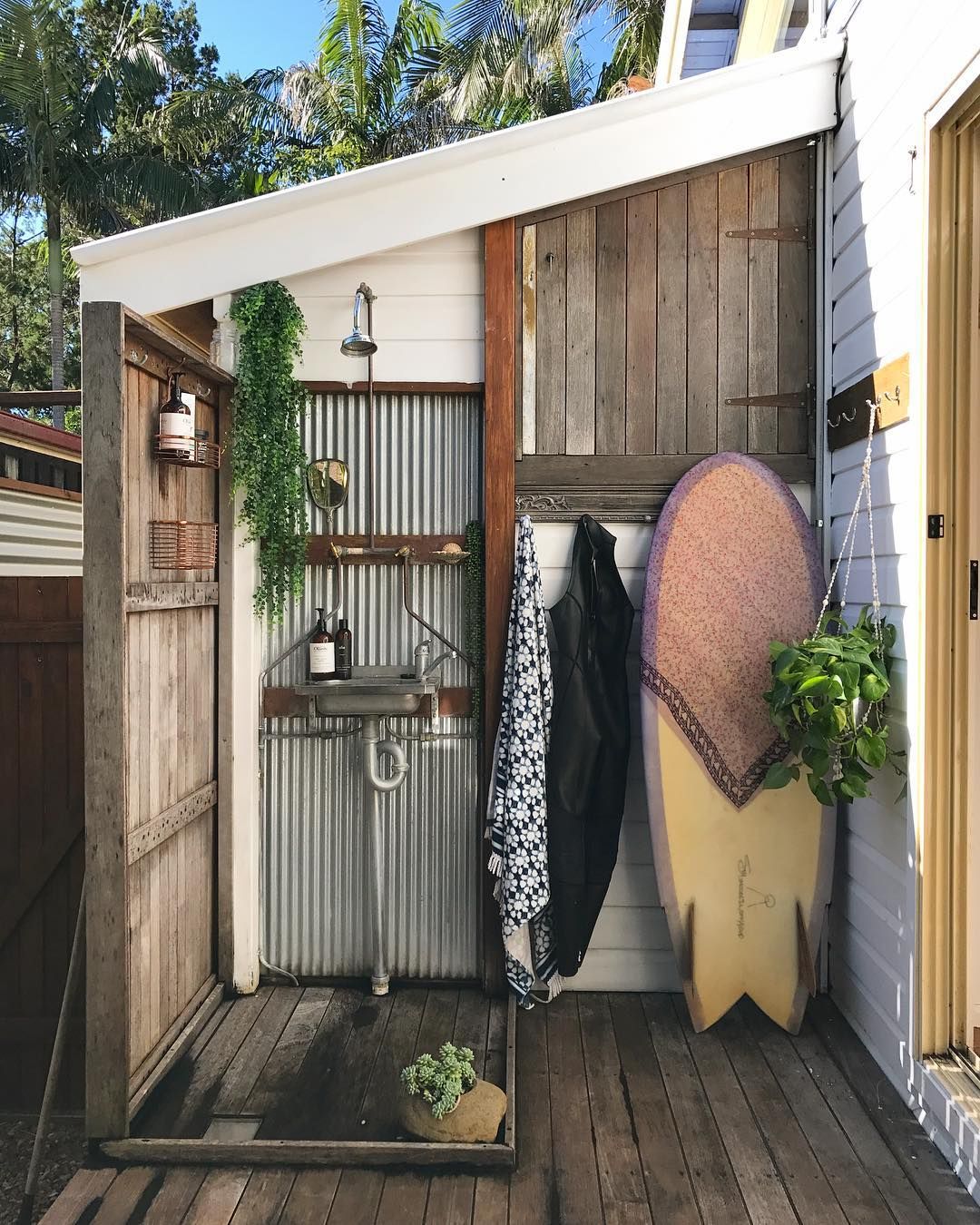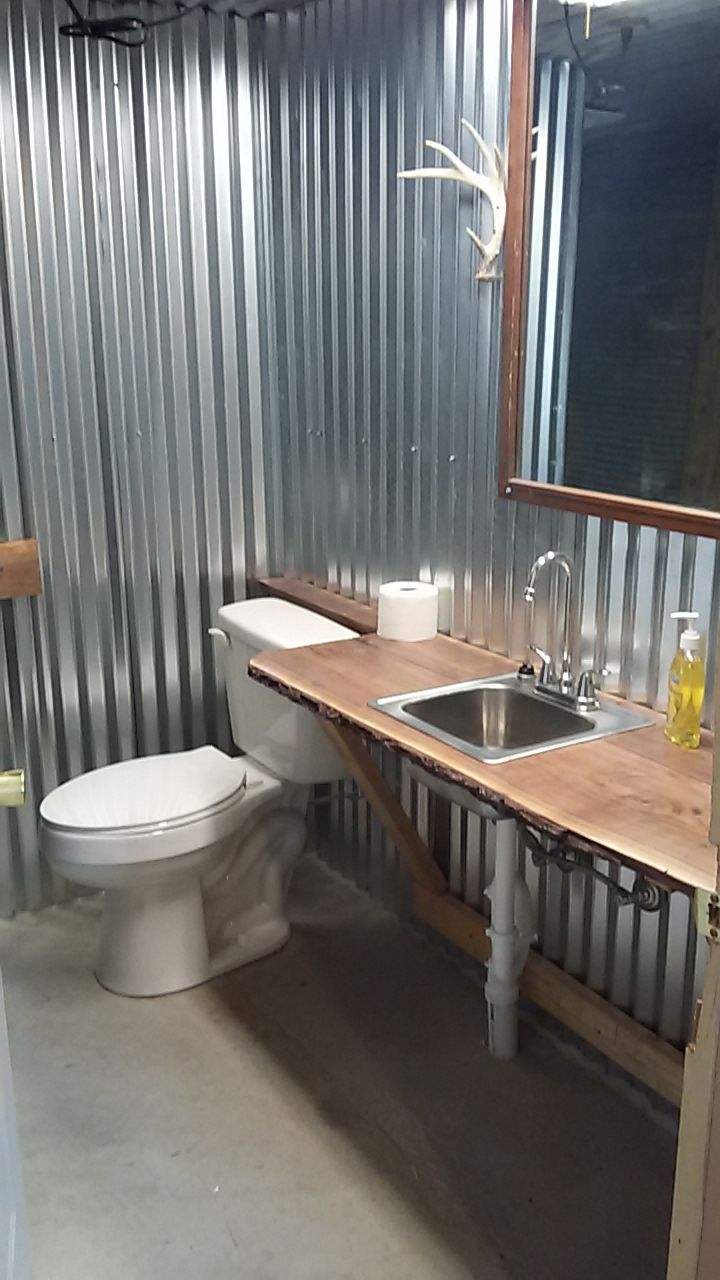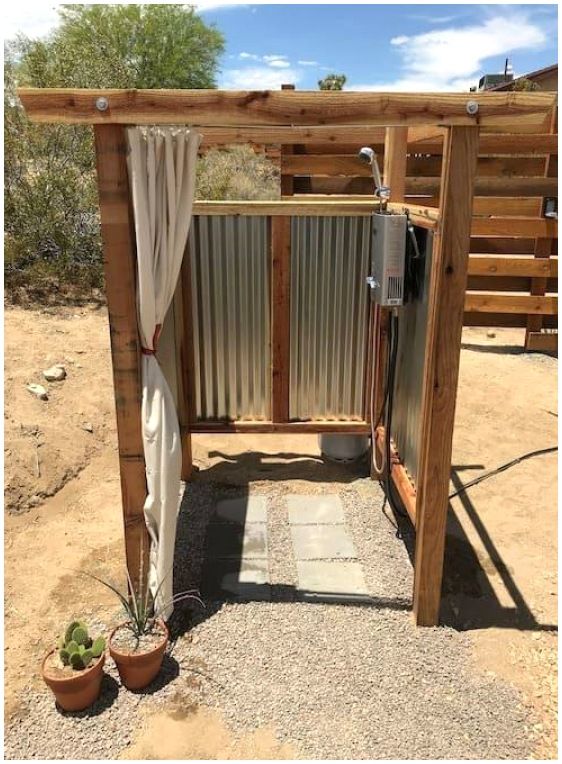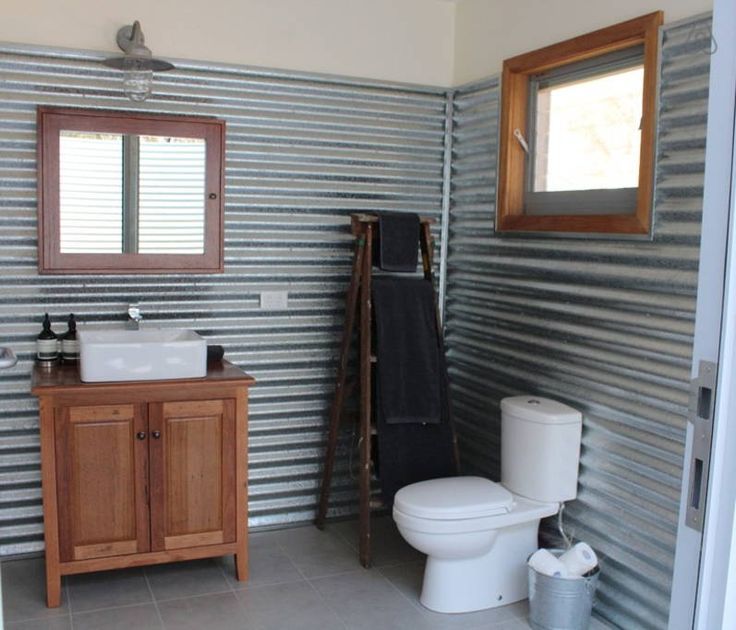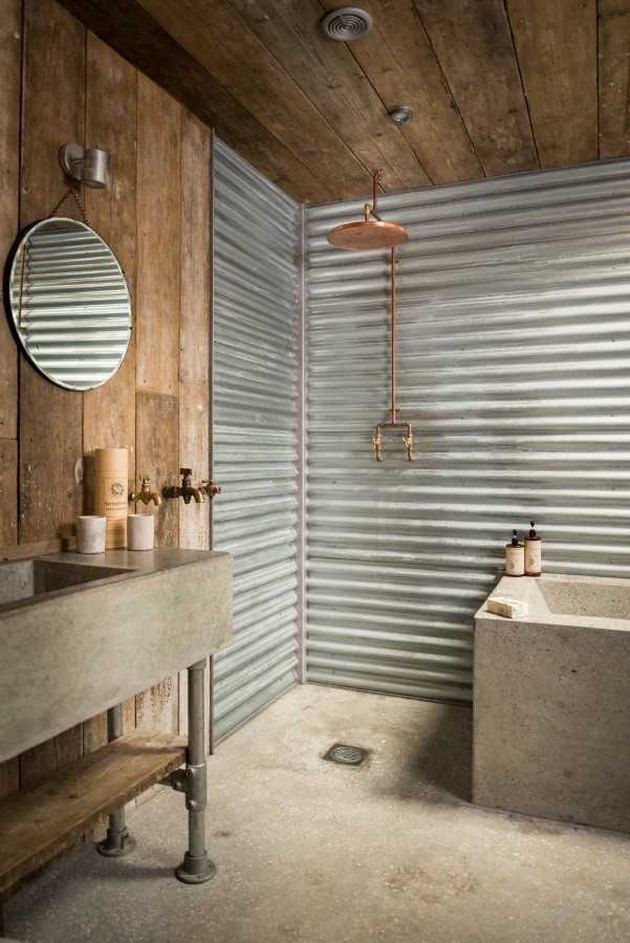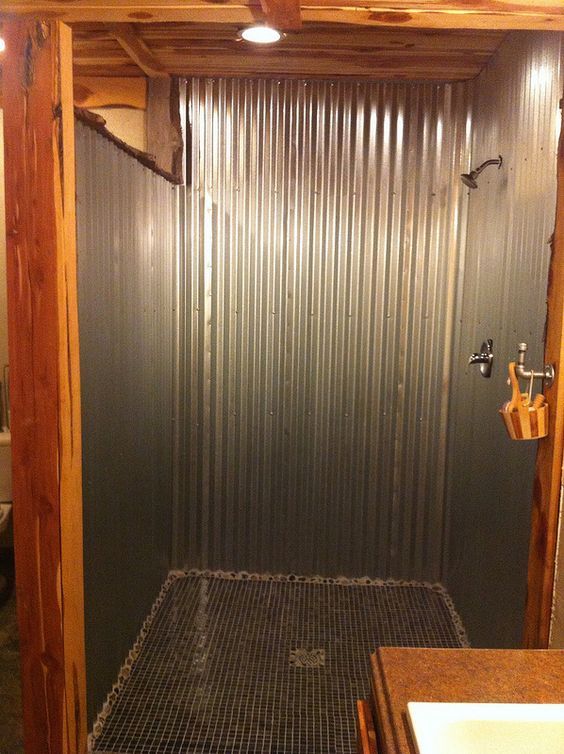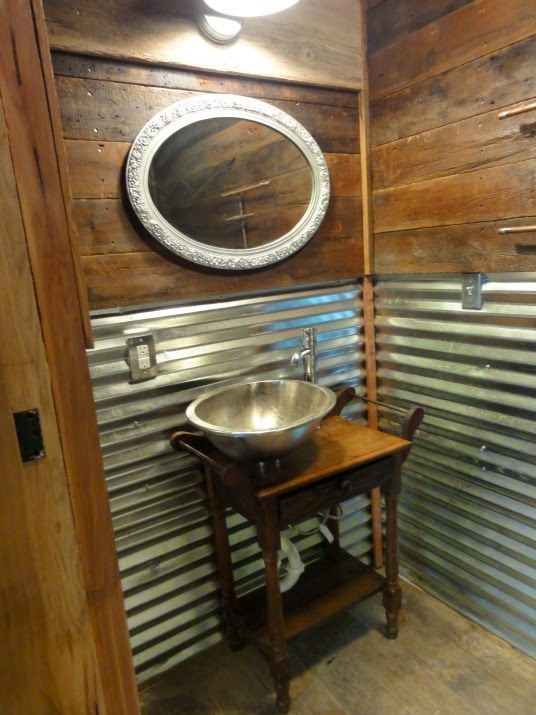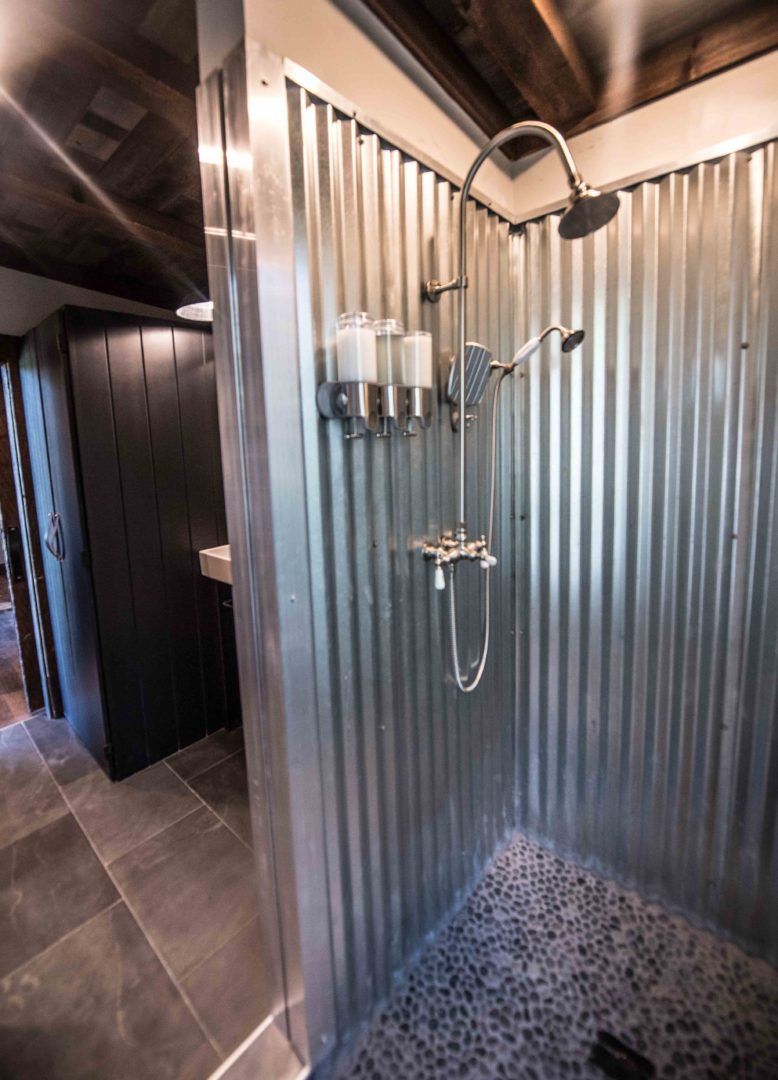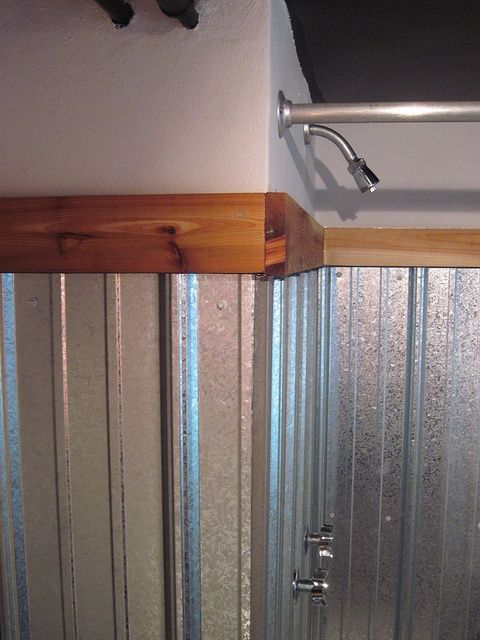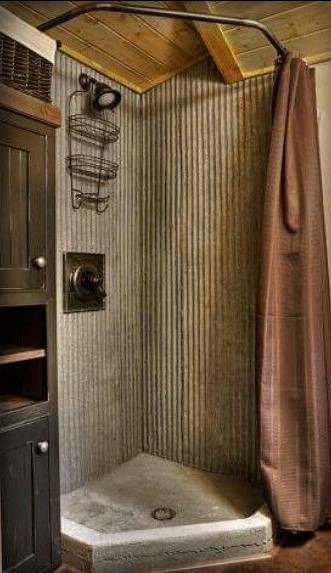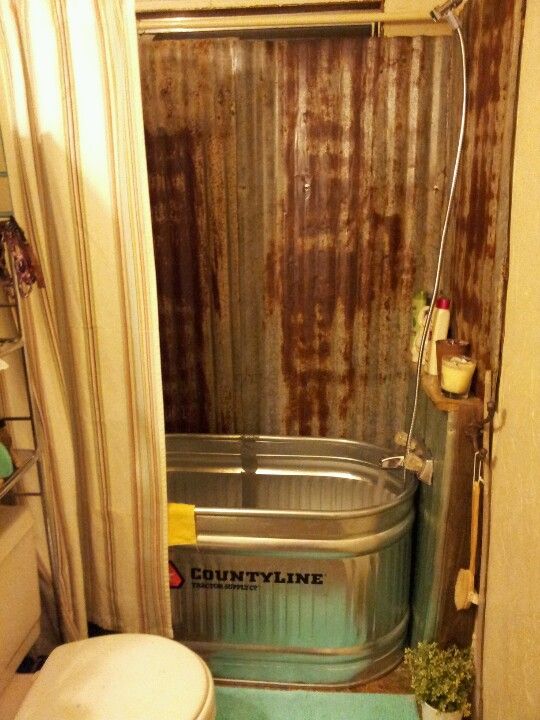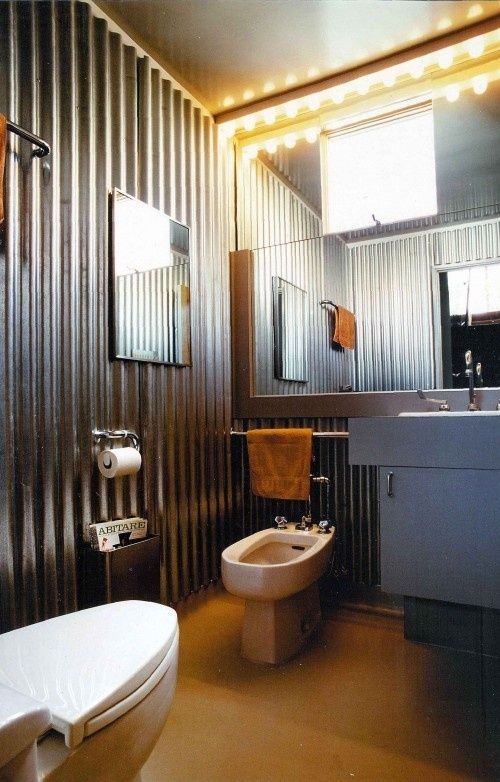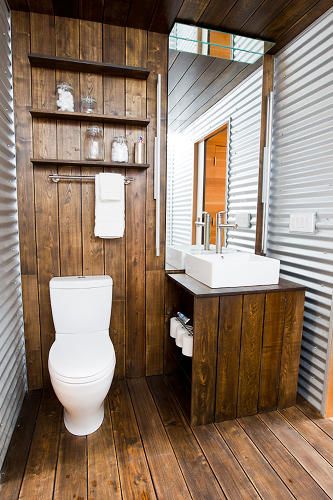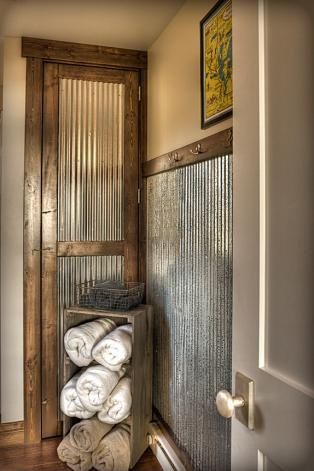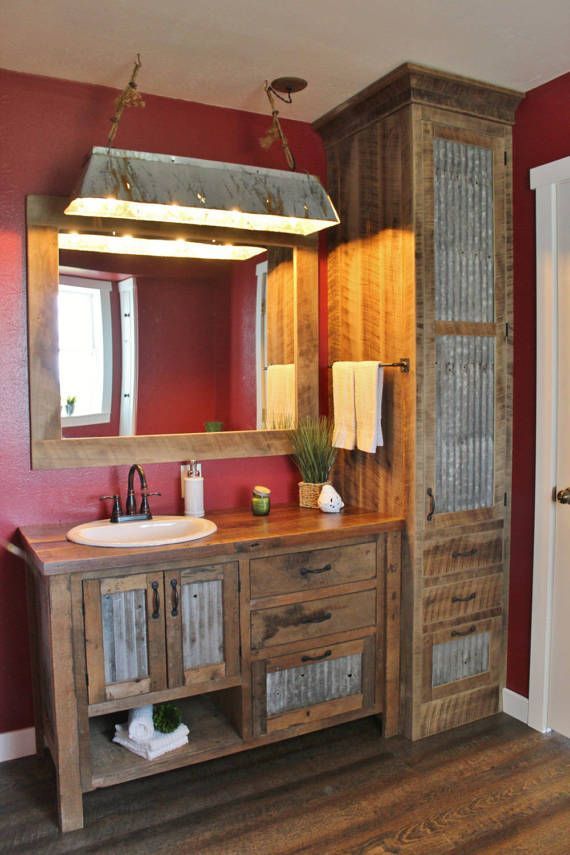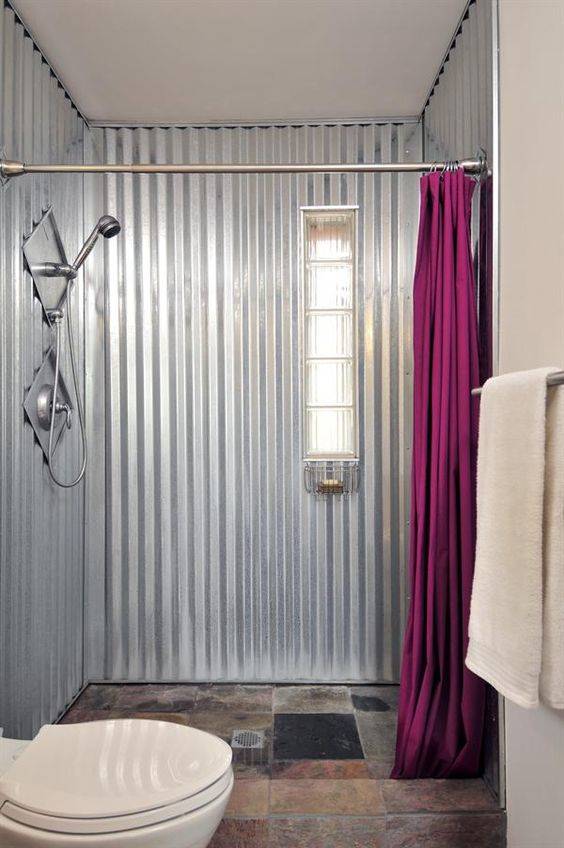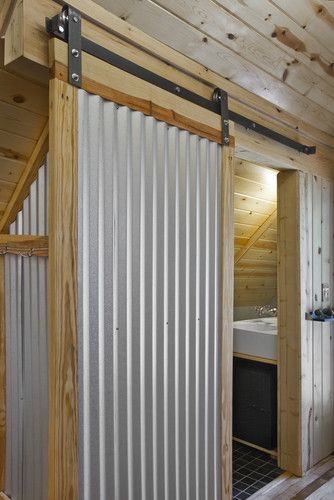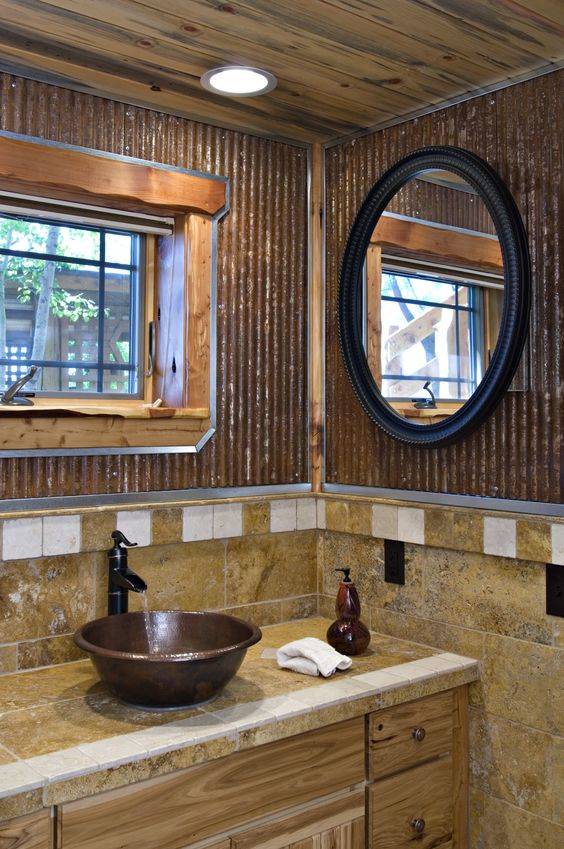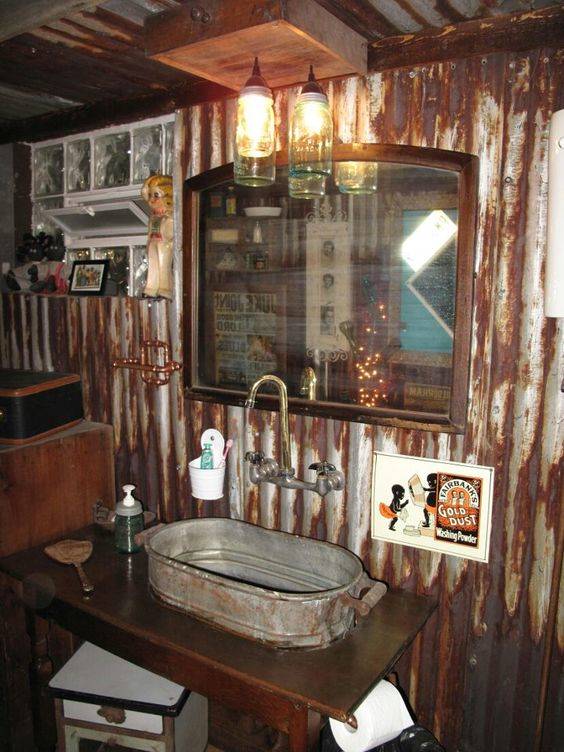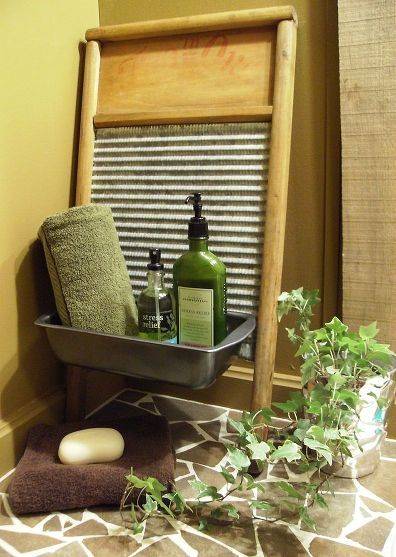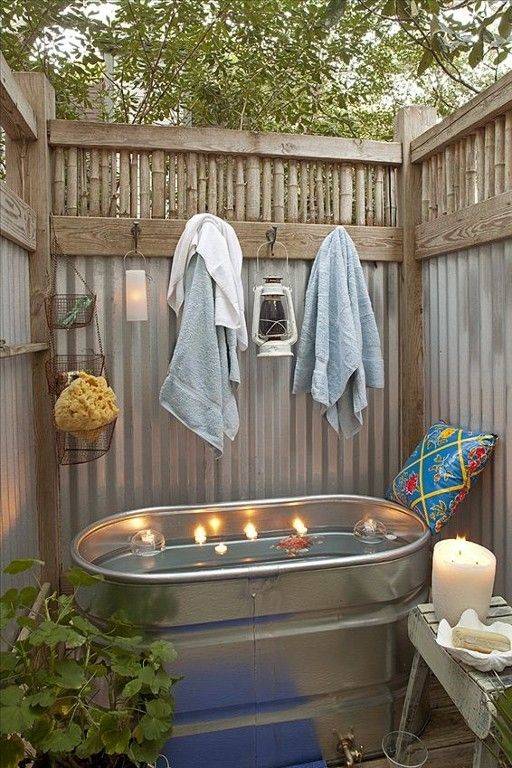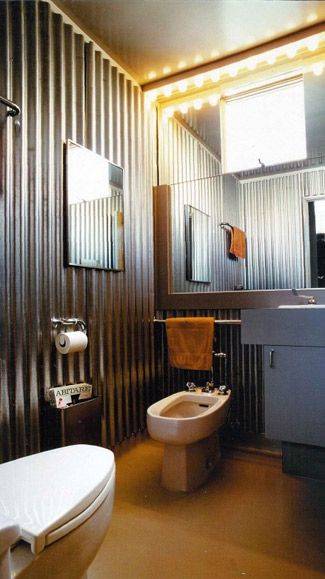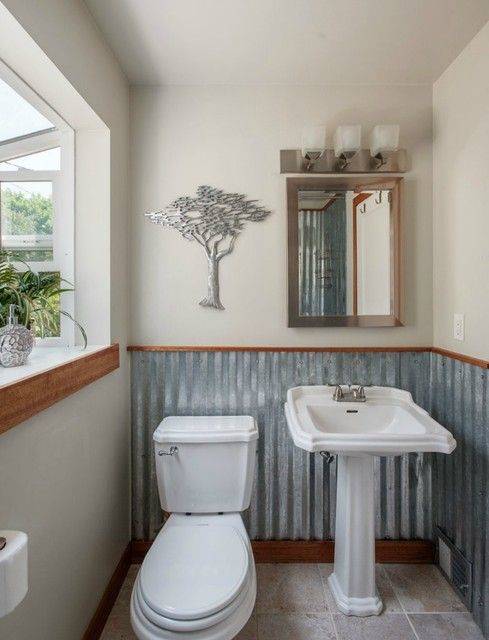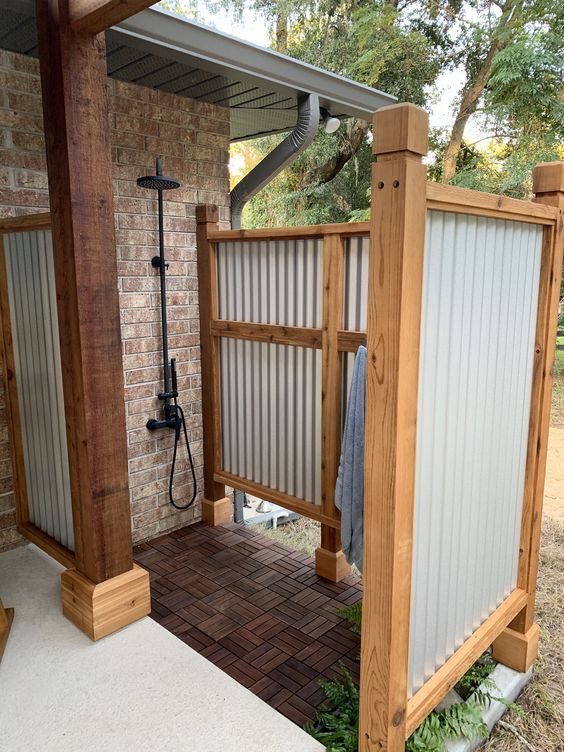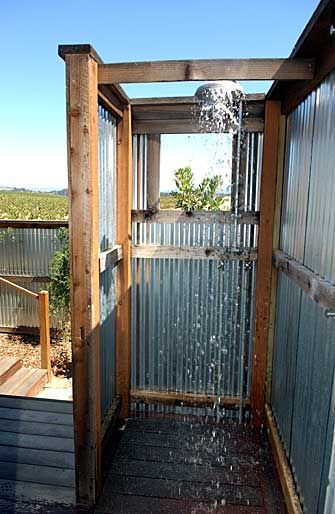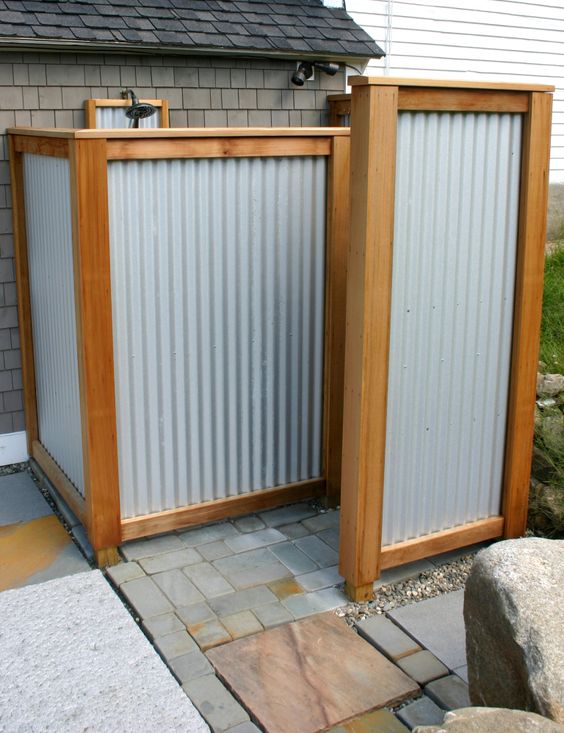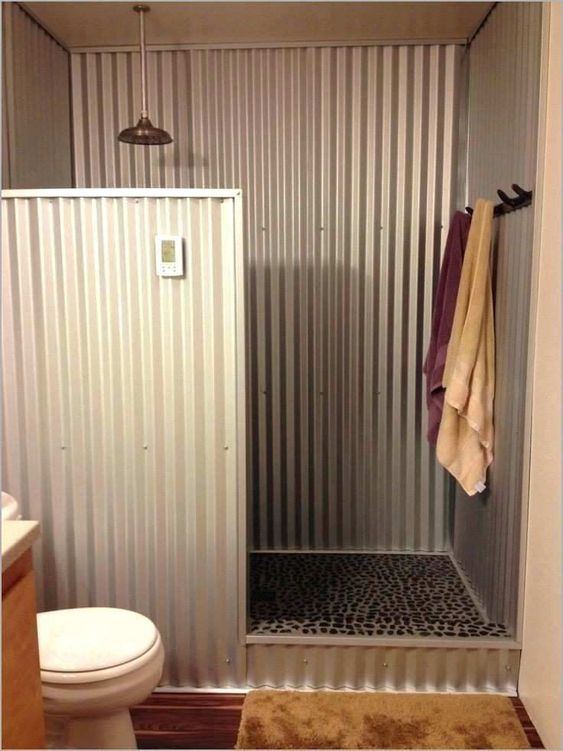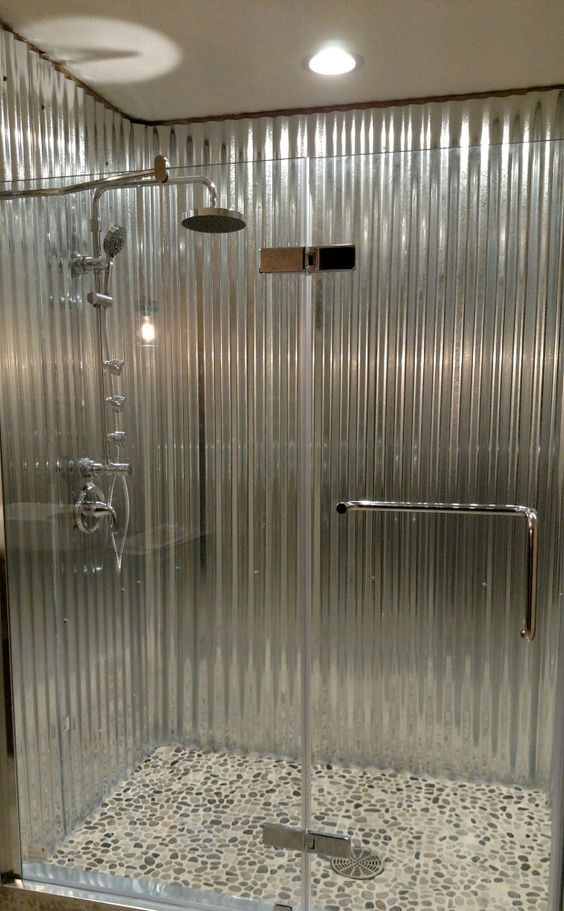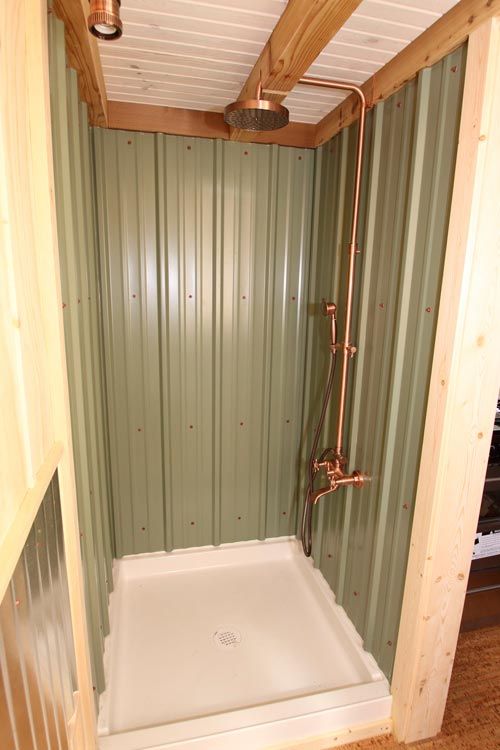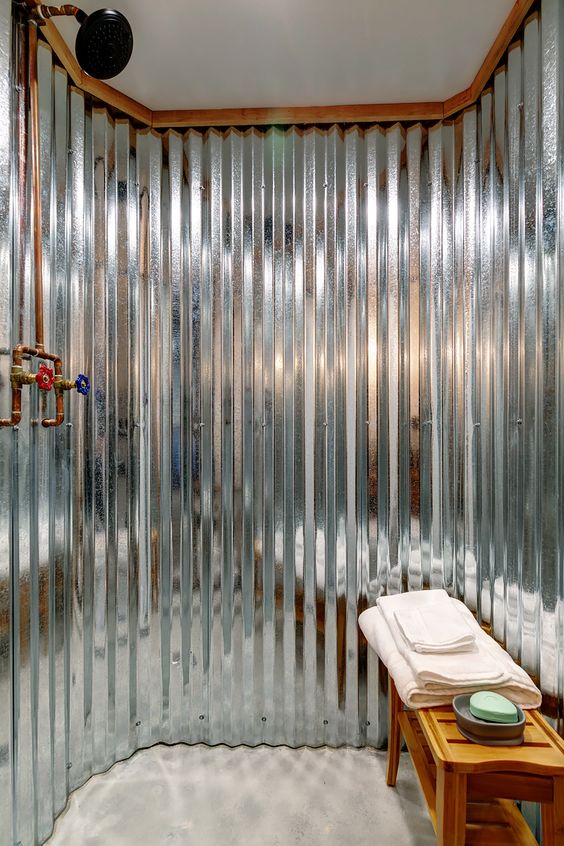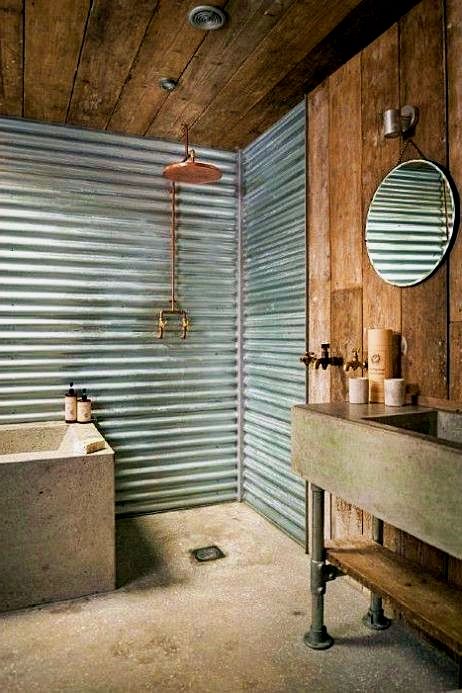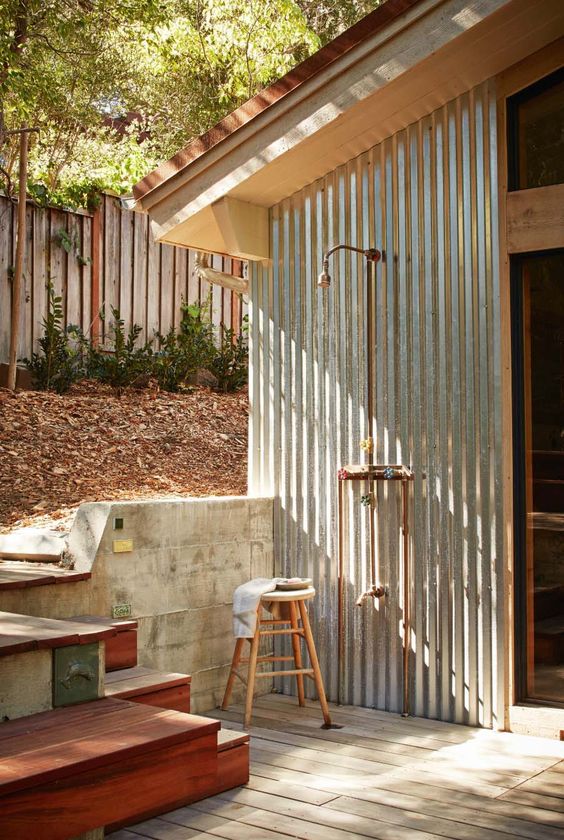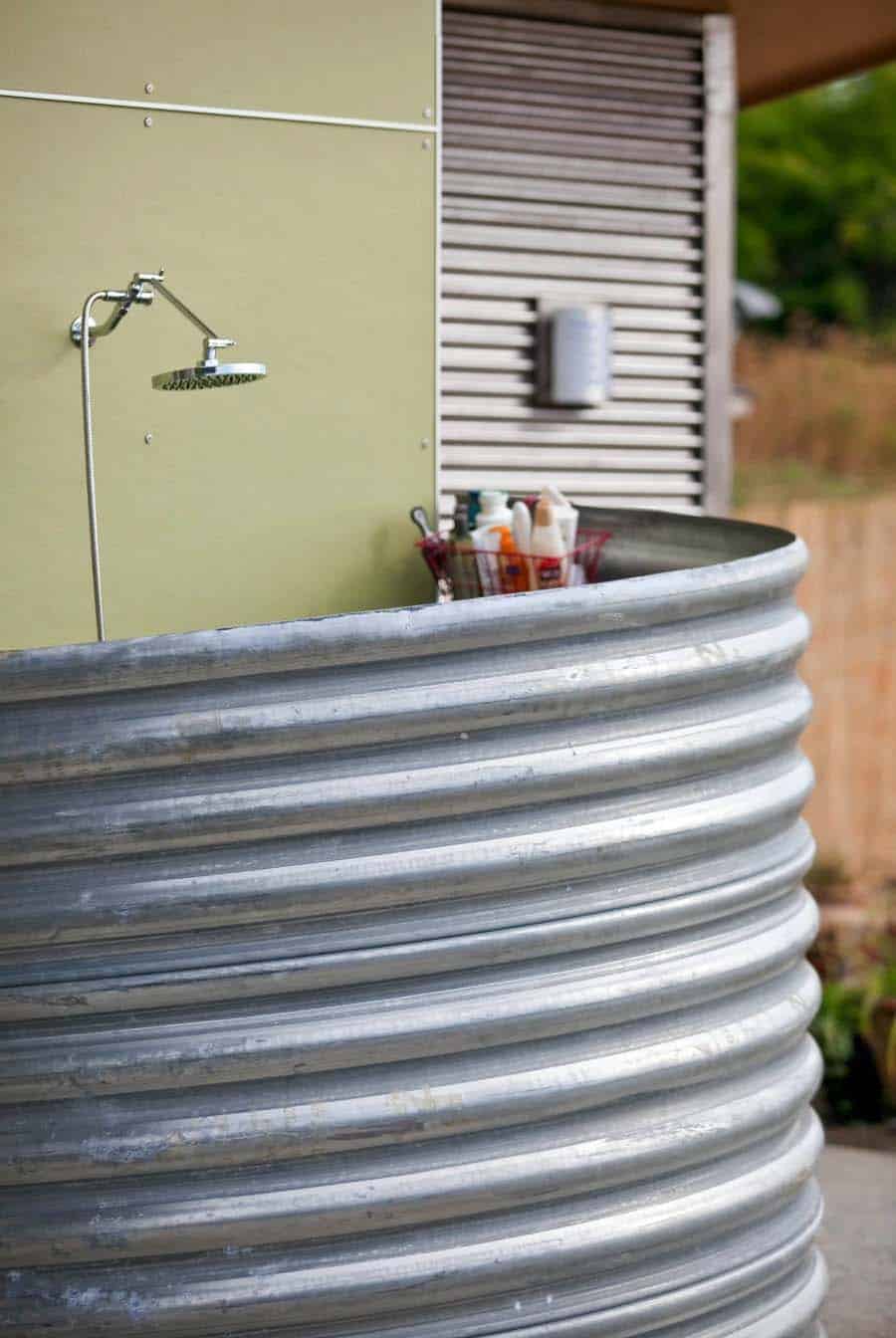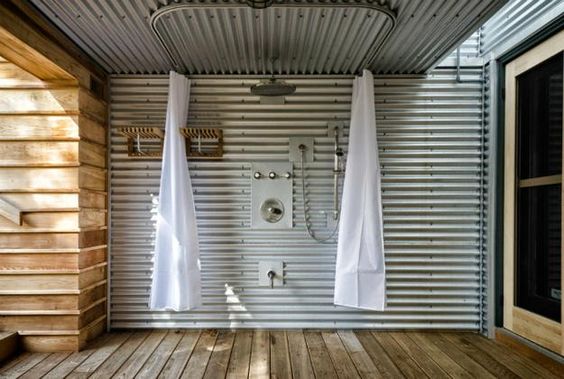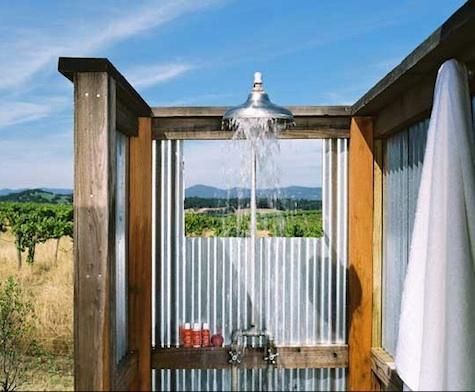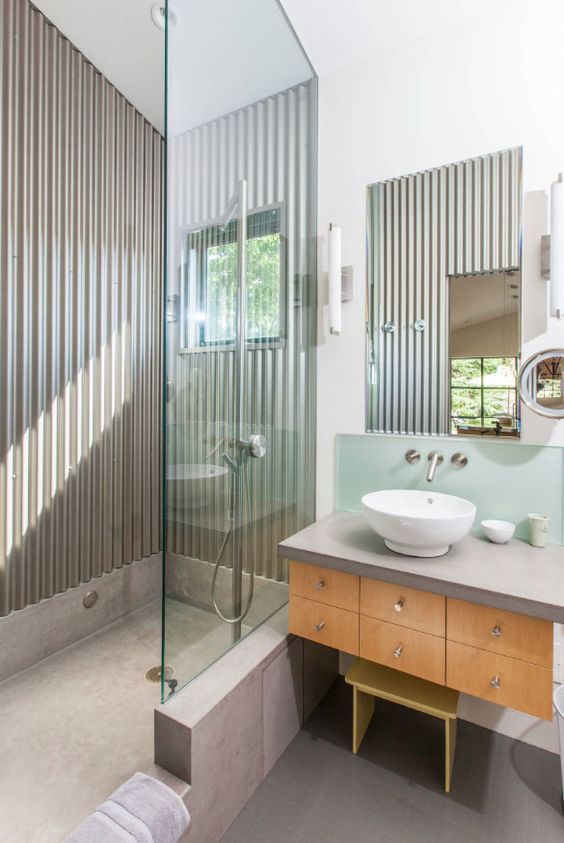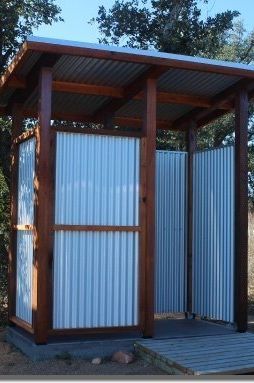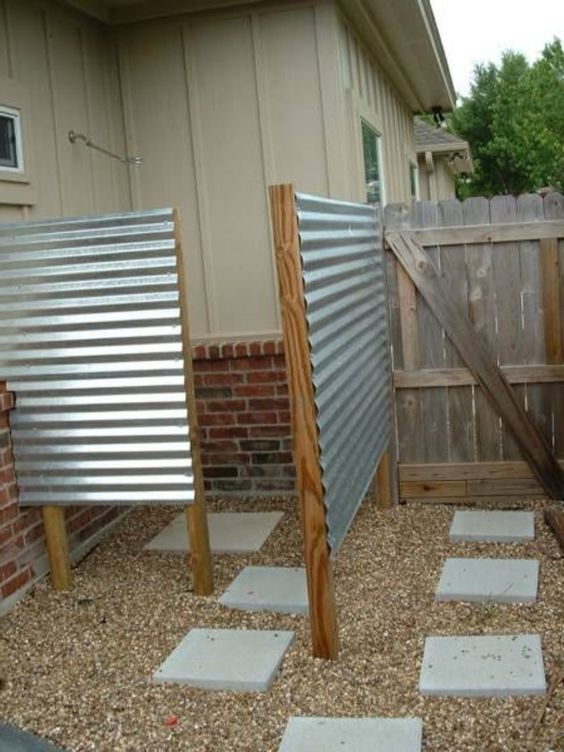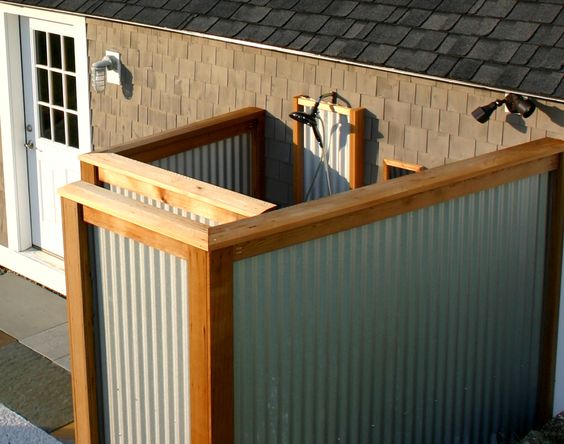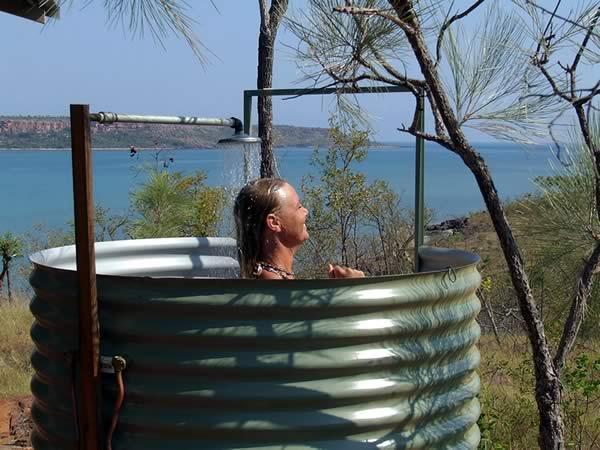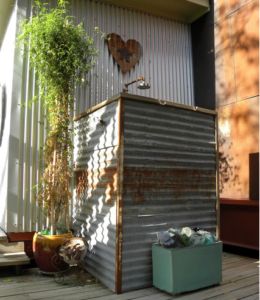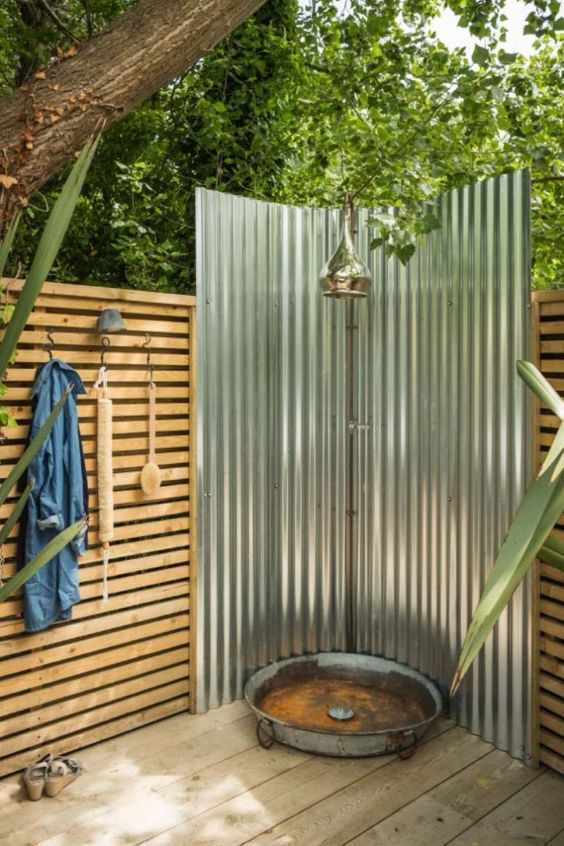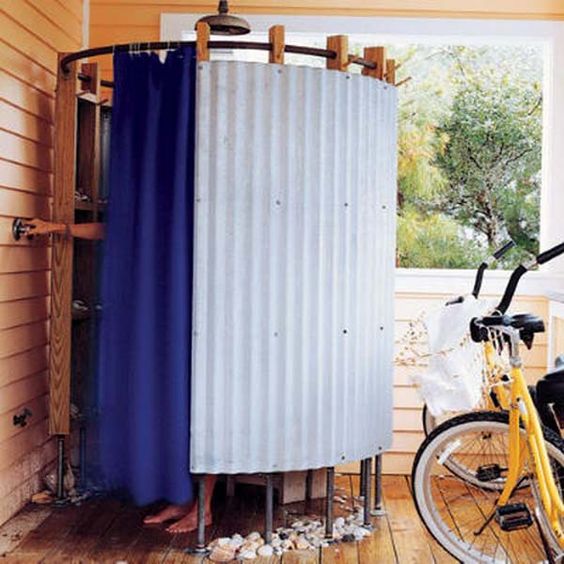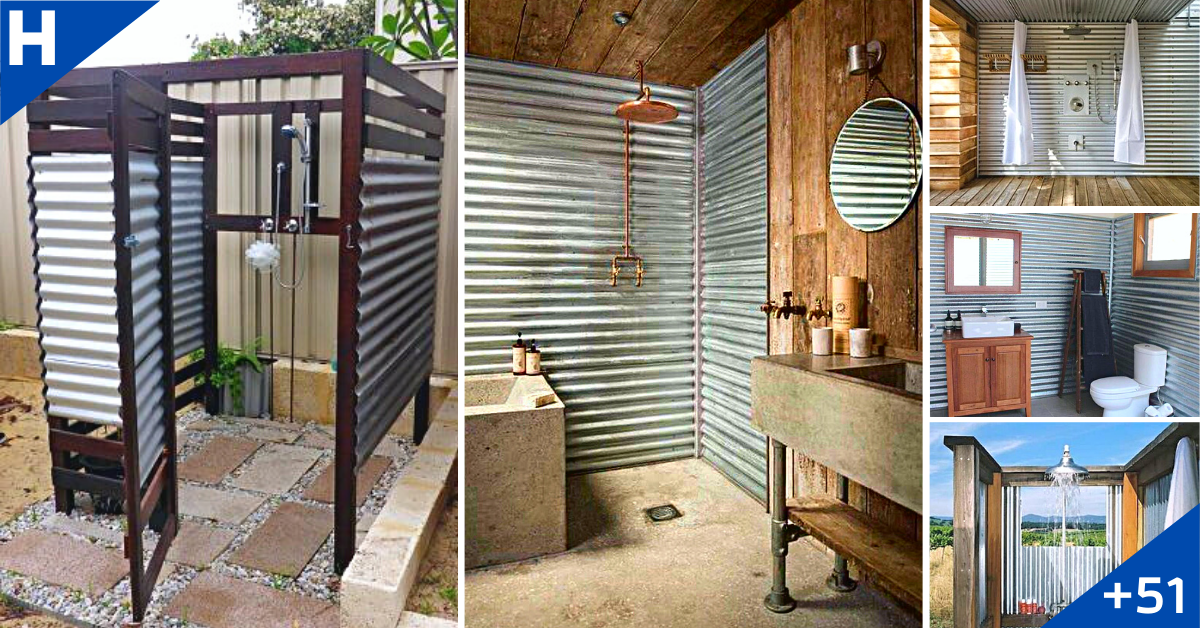
Zinc is a heavy element and when alloyed with other metals it provides better corrosion resistance, stability, dimensional strength and impact strength. In addition to its beauty, this protective barrier provides longevity that will allow zinc to protect a building’s exterior for years to come. It is not uncommon for a properly designed zinc roof or wall panel system to last over 60 years in most climatic conditions. Another unique characteristic of zinc is that it can “Heal” itself overtime. As it continues to patina throughout its life, scratches and imperfections that were once present will virtually disappear.
.
.
.
.
The physical properties of zinc make it a very unique and useful material to be used as building cladding. Many of us are familiar with the oxidation process of steel, which forms rust. Steel will continue to corrode when rust is present on its surface, eventually rendering it unusable. Zinc, on the other hand, has the ability to resist continued corrosion due to a very unique reaction. When zinc is exposed to the moisture and carbon dioxide that is present in our atmosphere, a protective layer of zinc carbonate forms on its surface, prohibiting the corrosion process that steel experiences. The resulting zinc-carbonate layer creates a beautiful bluish patina for a very desirable appearance.
.
.
.
Zinc is also a very environmentally friendly metal for a number of reasons. It is a 100% recyclable metal that can be reused over and over again. Zinc is also a fungistat, which is an agent that prohibits the reproduction of mold, mildew and fungus. This can greatly reduce the risk of moss or even black mold from forming on the exterior of a building in areas that are in contact with the metal. Interestingly, the rainwater run-off from zinc is clean, unlike the rainwater run-off from other metals such as copper, which is a fungicide. However, in addition to killing fungus, fungicides can also kill vegetation. So zinc, unlike copper and other metals, can be used in areas where vegetation is present, as it will not damage or compromise plant growth.
.
.
.
When installed properly and appropriate considerations are taken to assure its surrounding are suitable, zinc is an aesthetically pleasing, long-lasting and beneficial alternative. Very few metals, practical for use in building design, offer such an attractive array of characteristics, making zinc an easy choice for many designers. Its architectural appeal is continually growing as more designers are realizing the benefits of this beautiful metal. So whether you are an owner, designer or contractor, the next time you are faced with an opportunity to specify metal, think zinc.
.
.
.
Other considerations that need to be taken into account when designing zinc applications include the risk of deterioration due to abrasive or corrosive chemicals. Zinc should not be installed near salt water coasts that receive little or no rainfall, as the salt spray in the atmosphere can have a damaging effect on the unprotected zinc material if it is not frequently washed away by rain.
.
.
.
Concrete and felts hold moisture that can damage bare zinc in enclosed areas where carbon dioxide is not present. If zinc will be in contact with bituminous felts or concrete, it is recommended that the zinc be protected with a coating. It is also recommended that the area between the zinc and concrete be ventilated to promote good air flow.
.
.
.
.
.
.
.
.
.
.
.
.
.
.
.
.
.
.
.
.
.
.
.
.
.
.
.
.
.
.
.
.
.
.
.
.
Credit: Pinterest

